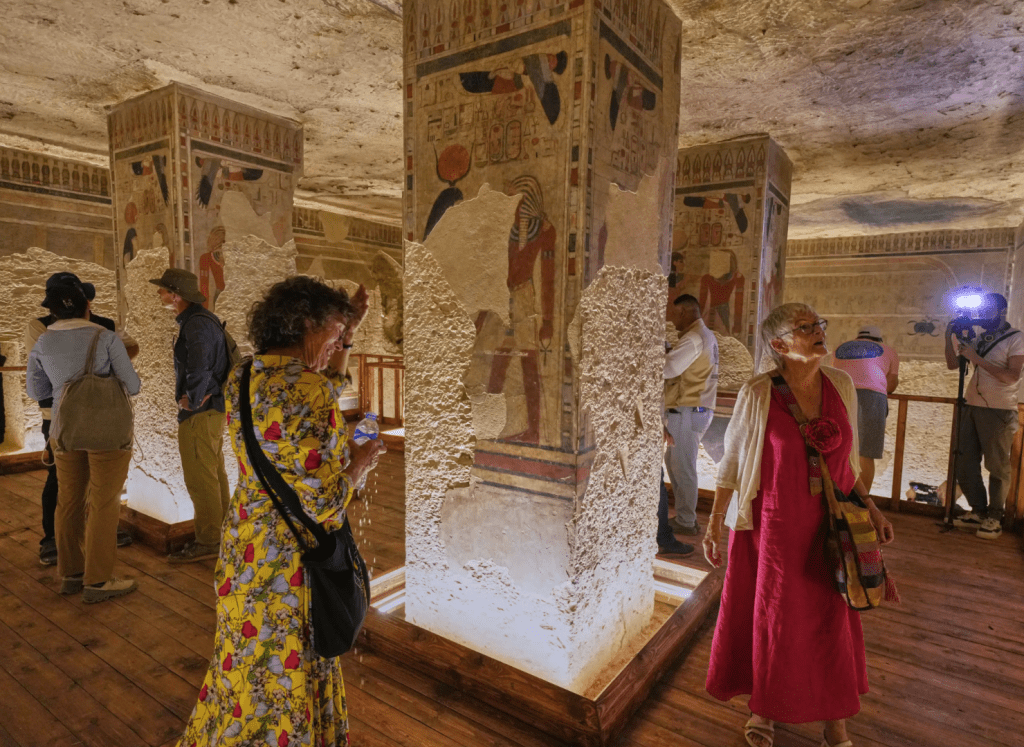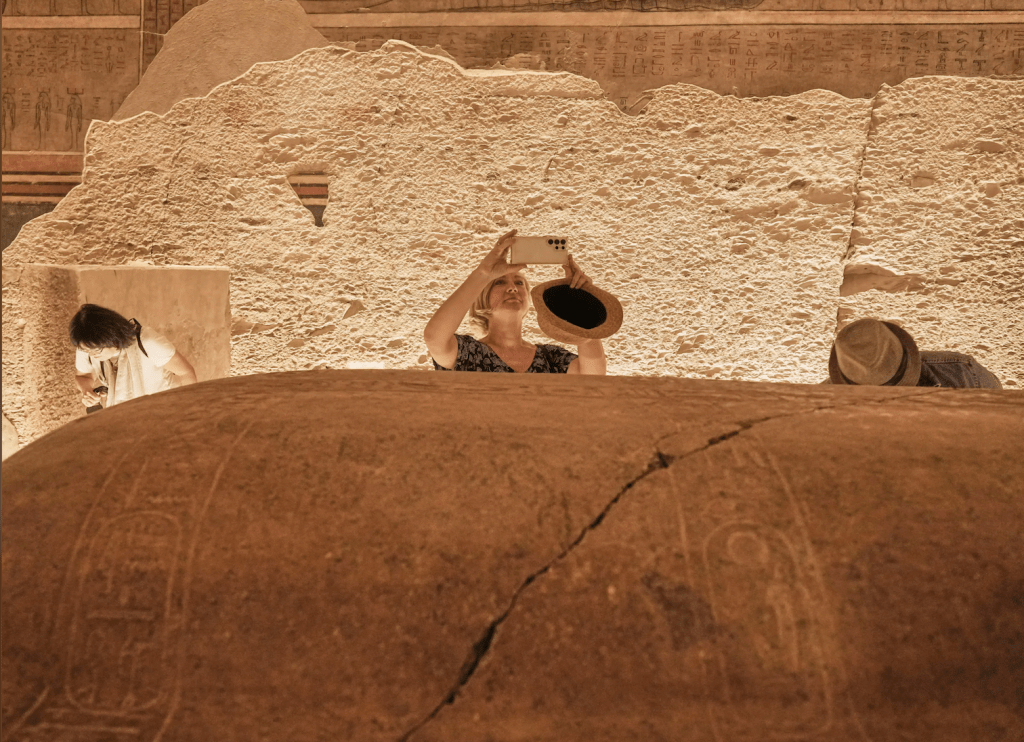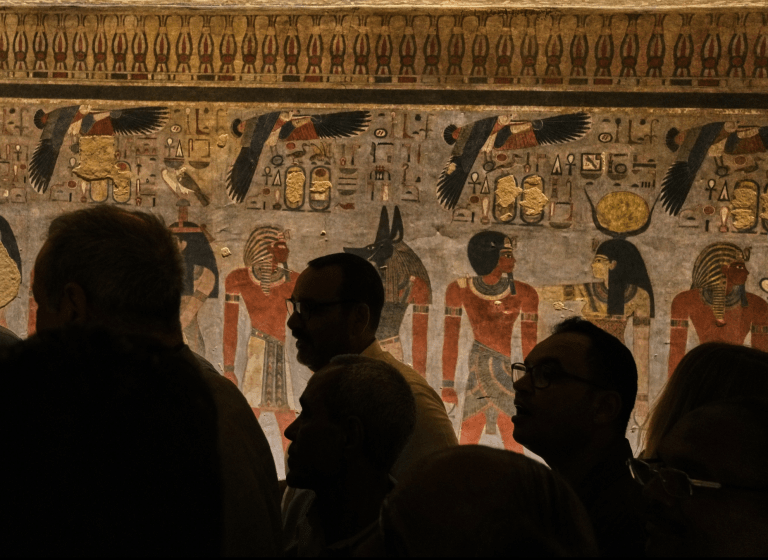Egypt’s Minister of Tourism and Antiquities, Sherif Fathy, recently inaugurated the restored tomb of King Amenhotep III in the Valley of the Kings, Luxor, marking its first public opening since its discovery in 1799. The ceremony was attended by senior Egyptian officials, UNESCO representatives, and members of the Japanese mission that co-led the restoration.

The tomb, believed to have been looted after ancient floods damaged much of its contents, stands out for its remarkable design and craftsmanship. It includes two burial chambers for Amenhotep III’s wives — Queen Tiye and Queen Sitamun — each featuring a stone column and a side chamber adjacent to the king’s main burial hall.

The restoration, spanning 20 years and three phases between 2004 and 2024, was supported by the Japanese government in collaboration with UNESCO.
Amenhotep III, who ruled Egypt for nearly 38 years and is regarded as one of its most powerful and prosperous pharaohs, left behind an extraordinary legacy of monuments and statues.
We Also Said This: Don’t Miss… Secrets of the Sunken City: A Journey Through Alexandria’s Underwater Treasures



